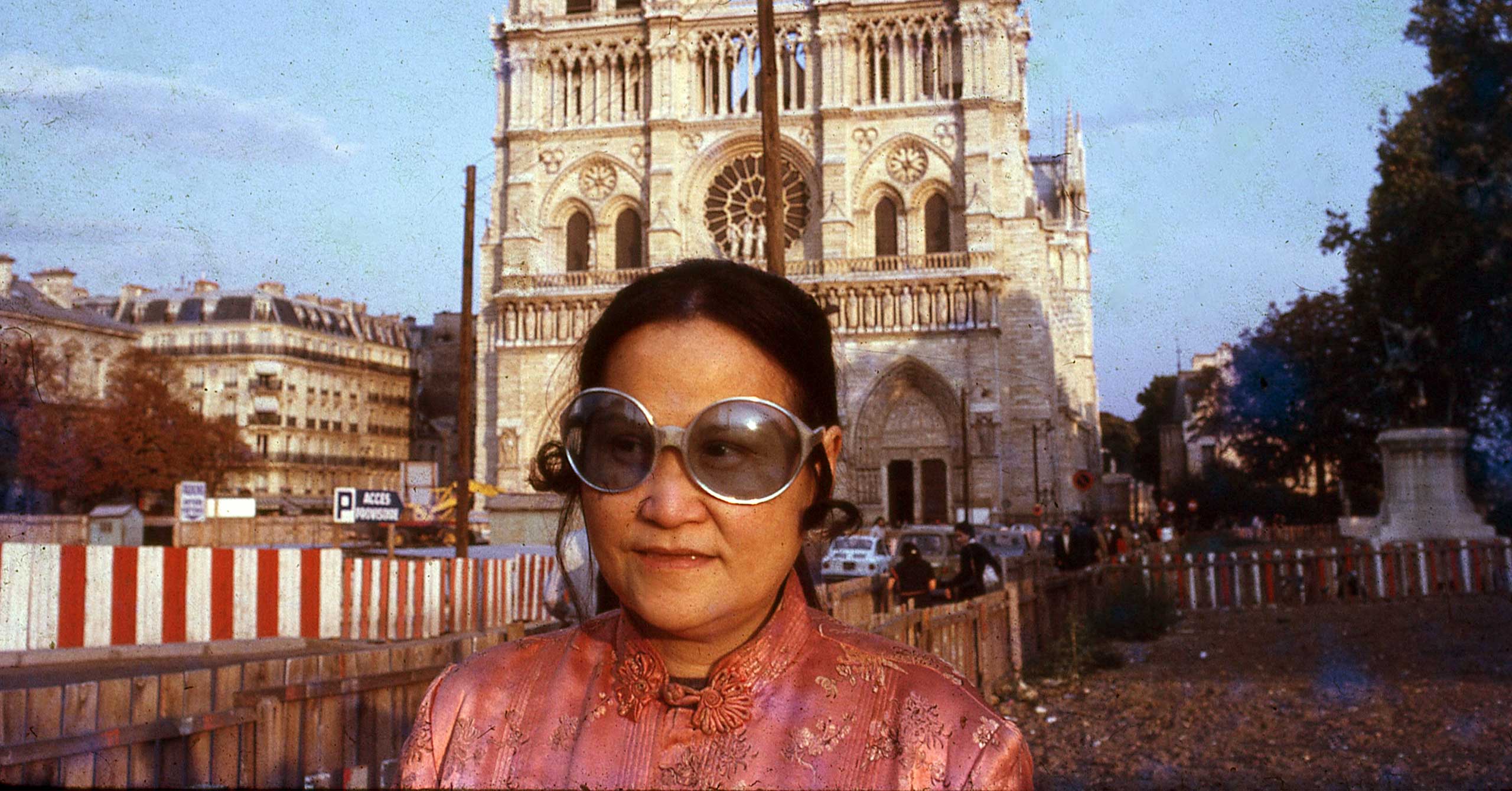René Magritte is renowned for his humorous yet enigmatic art, foremost of which is the iconic bowler-hatted man. But despite his significant contribution to Surrealism – and the fame of his works – the evolution of his artistic practice isn’t widely known. The Art Gallery of New South Wales’ Magritte exhibit marks the first major exhibition of the artist’s work in Australia, opening almost exactly 100 years after André Breton published the first Surrealist Manifesto in 1924.
The exhibition unveils four decades of Magritte’s unique artistic vision, with more than 100 works from collections across Australia, Belgium, Japan and the United States. The man beyond the bowler hat Magritte was born in 1898 in Lessines, Belgium. He developed a strong passion for painting early on.
At just 16, he enrolled in the Académie des Beaux-Arts in Brussels, where he received traditional artistic training. He also worked as a graphic designer in his early career to support himself financially, creating various advertisements for magazine covers and posters. Magritte was driven to explore and enhance his artistic practice beyond the Belgian art scene’s conservative aesthetics and limited opportunities for experimentation.
He found inspiration in magazines, journals and exhibition catalogues depicting avant-garde works. His earliest known self-portrait exemplifies his early influence by Cubism. It is a double-sided work, with one side featuring a painted portrait of Georgette B.


















